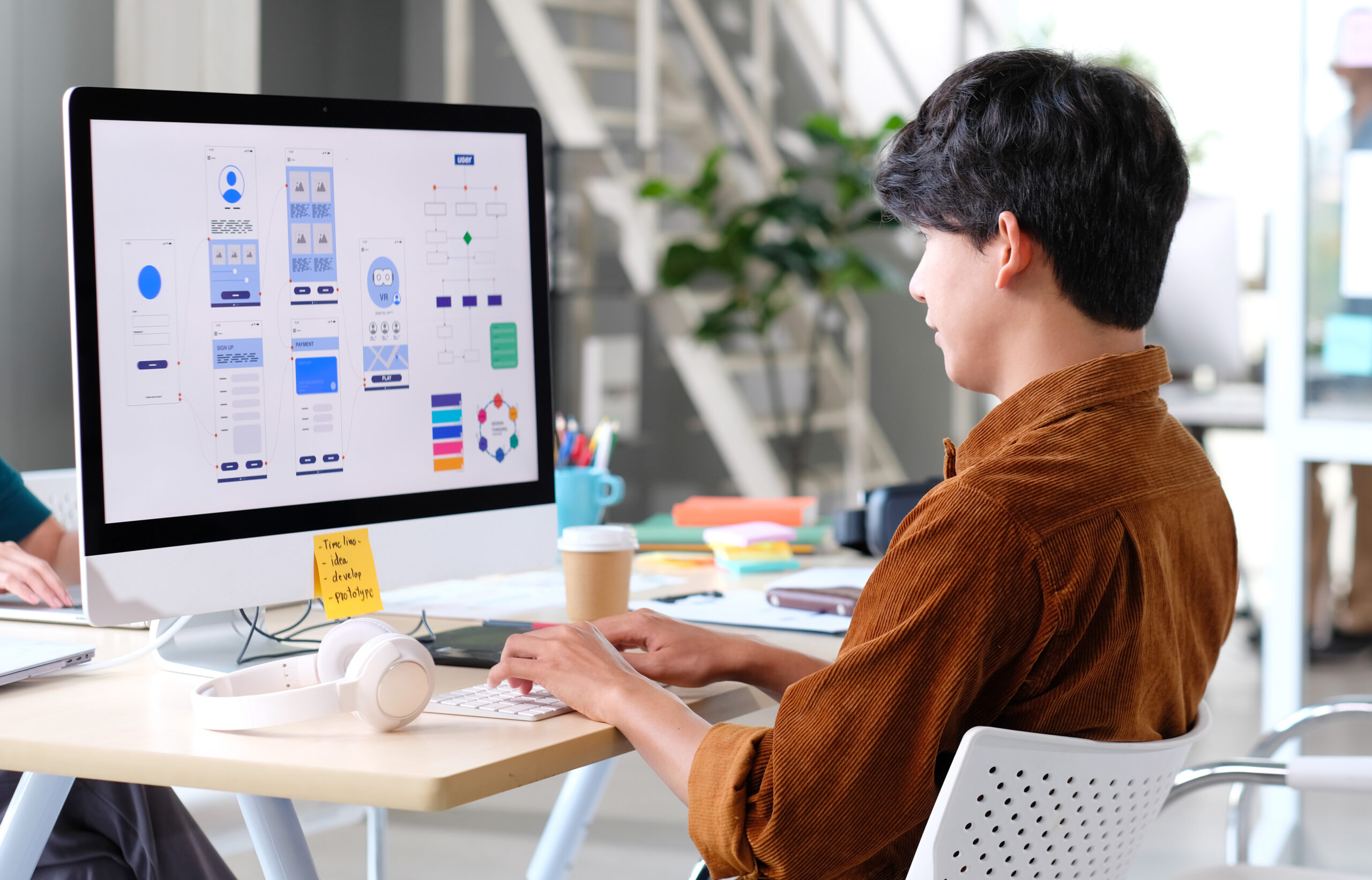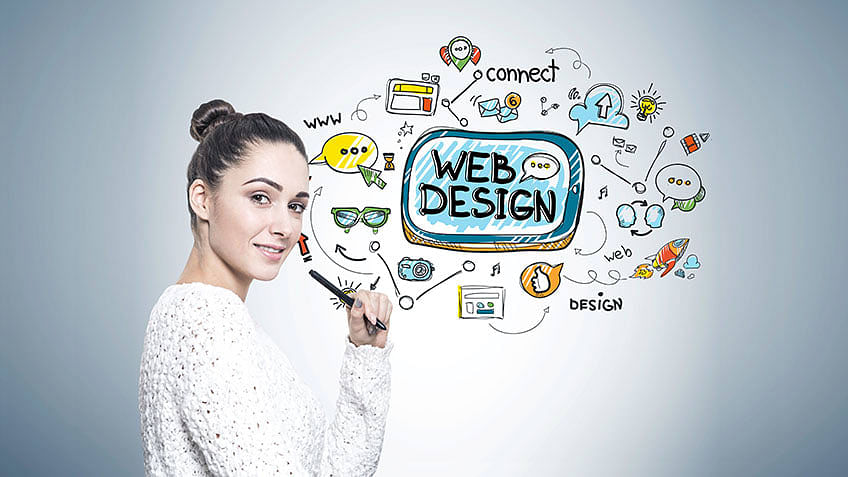Aligned Position Web Design: Perfectly Designed Websites to Capture Your Audience’s Attention
Aligned Position Web Design: Perfectly Designed Websites to Capture Your Audience’s Attention
Blog Article
The Very Best Kinds of Web Layout to Improve Customer Experience and Interaction
In the ever-evolving landscape of digital communication, the performance of Web design dramatically impacts individual experience and involvement. Different style methods, such as minimalist, responsive, and interactive formats, each offer unique benefits that can provide to varied customer needs.
Minimalist Web Design
As digital landscapes become significantly chaotic, minimalist website design has emerged as an effective approach to improving individual experience. This style viewpoint focuses on simpleness, concentrating on necessary aspects while eliminating unneeded disturbances. By making use of ample white room, simple navigating, and a limited color scheme, minimalist style cultivates clarity and guides user attention to essential web content.
The core concept of minimal Web layout is to create a seamless interaction for users. By decreasing cognitive lots, individuals can promptly grasp details without really feeling bewildered. This straight strategy not only boosts usability however also urges engagement, as site visitors are more probable to discover a website that is simple and visually attractive to navigate.
In addition, minimal design usually stresses typography and images, using these components strategically to convey messages effectively. In essence, minimalist Web style is not just a trend; it is a thoughtful methodology that acknowledges the importance of user-centered design.
Responsive Web Style
In today's diverse digital atmosphere, receptive website design has become necessary for developing a seamless user experience across a plethora of tools. As customers accessibility websites on mobile phones, laptops, desktops, and tablet computers, the ability of a website to adjust its format and web content to various display sizes and resolutions is vital.
Responsive Web design employs adaptable grids, photos, and CSS media questions to make sure that Web content is presented ideally, no matter the gadget utilized. This strategy not just improves the visual appeal of a website but additionally significantly enhances use. Customers are a lot more likely to involve with a site that offers a regular experience, as it gets rid of the irritation of having to zoom in or scroll excessively.
By embracing responsive style, organizations can boost their visibility and reach a broader target market. In recap, receptive Web design is a fundamental method that boosts individual experience, involvement, and general contentment.
Interactive Website Design
Responsive website design lays the foundation for boosting user experience, however interactive Web design takes this a step better by engaging customers in a more dynamic means - Aligned Position Web Design. By incorporating aspects such as animations, clickable models, and real-time responses, interactive website design astounds users, attracting them into a richer browsing experience
This approach not only promotes interaction yet additionally urges users to check out material proactively instead than passively eating it. Techniques such as gamification, where customers gain rewards for completing tasks, can dramatically improve the time invested in a website and improve general fulfillment. In addition, interactive features can streamline complicated details, making it much more enjoyable and absorbable.

Incorporating interactive layout elements can likewise bring about higher conversion rates, as customers are more probable to engage with a site that proactively entails them. Aligned Position Web Design. Ultimately, interactive Web style changes individual experiences right into memorable journeys, making certain that visitors return time and once again
Flat Style
Defined by its minimalistic strategy, level design emphasizes simplicity and functionality, removing unnecessary components and concentrating on vital functions. This style ideology focuses on use, guaranteeing that users can browse user interfaces effortlessly and effectiveness. By using a tidy aesthetic, flat design eliminates the clutter often discovered in more luxuriant designs, therefore boosting individual concentrate on content and capability.
The characteristic of level style lies in its use of vibrant shades, simple typography, and geometric forms. These components add to a visually appealing user interface that is both modern-day and approachable. In addition, flat layout promotes a sense of clearness, permitting customers to discern crucial activities and details without disturbance.
Additionally, flat layout is especially efficient in receptive Web style, as its simplicity equates well across numerous devices and screen dimensions. By concentrating on essential features, level layout not only fulfills customer needs but likewise urges smooth interaction, making it a vital part of effective Web design techniques.
Adaptive Web Layout
Adaptive website design tailors the user experience by producing multiple fixed designs customized to different screen sizes and gadgets. Unlike receptive layout, which fluidly changes a solitary format, flexible design uses distinct formats for specific breakpoints, guaranteeing optimum presentation on various platforms. This method allows developers to concentrate on the unique qualities of each tool, boosting functionality by providing specifically what individuals require based on their context.
One of the key advantages of adaptive Web design is its ability to maximize lots times and efficiency. By serving customized web content and pictures that fit the customer's device, websites can lessen information use and improve loading rates. This is particularly useful for individuals with slower links or minimal information plans.

Furthermore, flexible style promotes an extra regulated and constant branding experience. Since designers create several layouts, they can ensure that the aesthetic elements align with the brand name's identity throughout different systems - Aligned Position Web Design. This results in a cohesive user experience, improving interaction and promoting individual retention
Final Thought
To conclude, the combination of minimal, receptive, and interactive website design principles substantially enhances individual experience and involvement. Minimalist design cultivates clarity and emphasis, while responsive he said layout guarantees flexibility throughout various devices, advertising accessibility. Interactive style astounds individuals with vibrant elements, urging exploration and personalization. Collectively, these layout comes blog close to add to the creation of straightforward settings that not only boost satisfaction yet additionally drive higher conversion prices, emphasizing their essential significance in contemporary website design strategies.

Minimal layout promotes clearness and emphasis, while receptive design makes sure adaptability across numerous devices, promoting accessibility. Collectively, these design comes close to add to the development of straightforward settings that not only enhance fulfillment but additionally drive higher conversion rates, highlighting their important Full Report relevance in modern Web layout methods.
Report this page